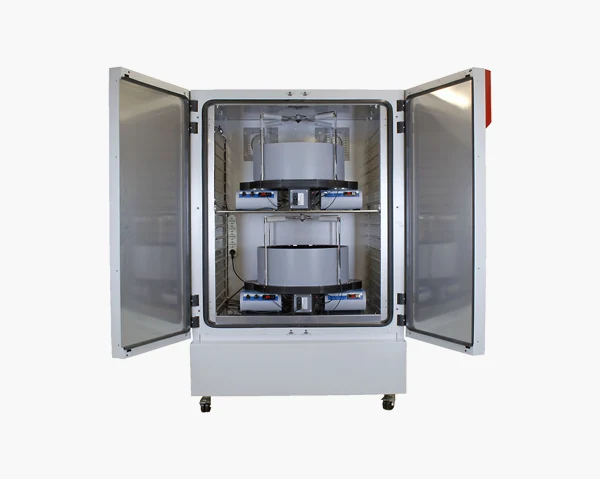Studying Social Behavior in Juvenile Mice: The Central Role of the Ugo Basile Agora SocioBox Method
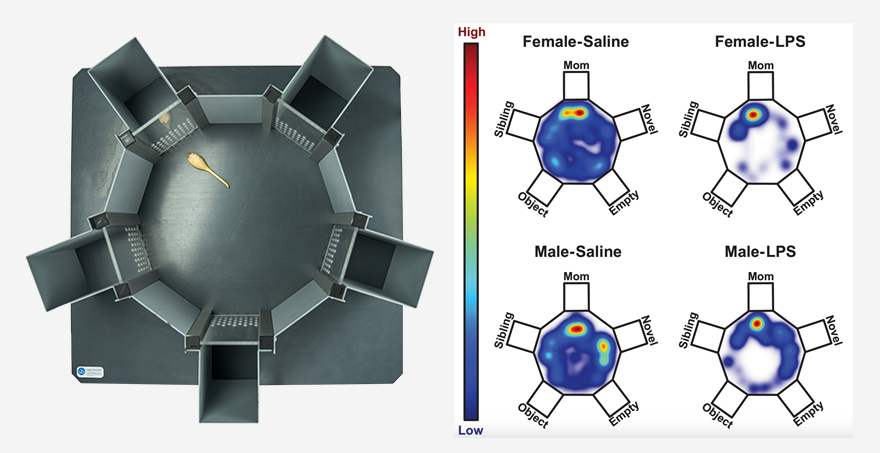
The recent study "Where's my mom? Resilient maternal preference in post-weaning male and female mice within a multi-chamber social behavior task”, published on Brain, Behavior, & Immunity - Health, used the Agora maze SocioBox method to investigate whether juvenile mice (postnatal day 26) maintain the ability to recognize and prefer their mothers after weaning, and whether this bond remains intact even after acute immune activation induced by lipopolysaccharide (LPS).
Beyond the Limits of Traditional Tests
Researchers have traditionally used binary tests like the three-chamber task to study social preferences in rodents. However, these approaches present significant limitations: they cannot determine whether an animal shows true preference for a specific stimulus or simply avoids unfamiliar stimuli. This is where the Agora maze SocioBox method by Ugo Basile has made the difference.
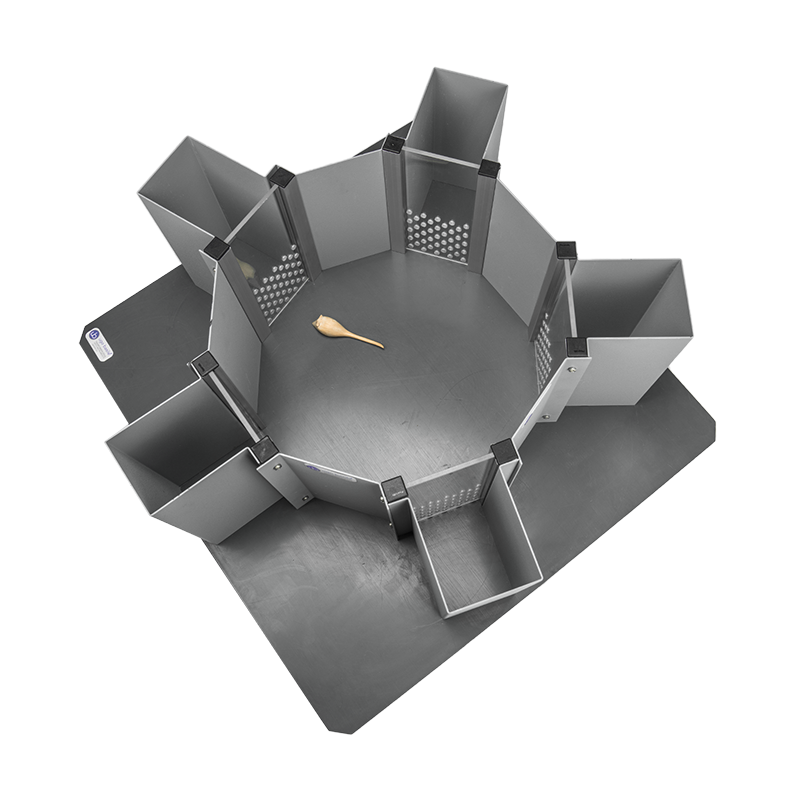
The system consists of a central arena (50 cm × 50 cm) connected to five magneically removable chambers (13 cm × 11.5 cm each) through perforated plexiglass dividers with 41 holes (0.8 cm diameter). This configuration allows animals to identify odors during social exploration, offering simultaneous and more nuanced assessment of behavioral preferences.
Learn more about Agora Maze - SocioBox method by Ugo Basile
Revolutionary Discoveries About Maternal Bonds
Using the Agora maze SocioBox method, researchers made a surprising discovery: 26-day-old juvenile mice show strong and selective preference for their biological mothers, even after weaning. In the test, mice could explore five chambers containing: the biological mother, a novel age- and sex-matched mouse, a sibling, a novel object, and an empty chamber.
The results were unequivocal: mice spent significantly more time investigating the maternal chamber compared to all other options. This preference emerged clearly only thanks to the Agora maze SocioBox method’s ability to simultaneously test multiple social and non-social options, controlling for confounding effects like general familiarity.
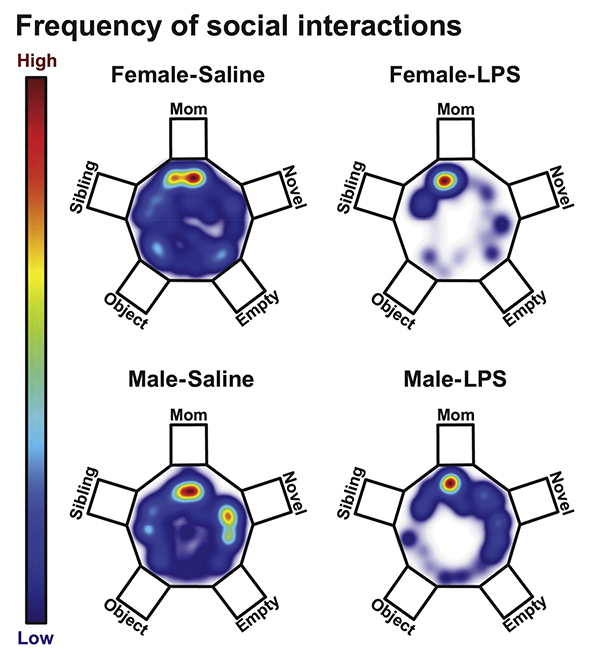
Fig. 2. Representative heatmaps illustrating the frequency of social interactions by juvenile mice (Slamin, M., Bishnoi I.R., et al. (2025))
Resilience in Face of Immune Challenges
A particularly interesting aspect of the study was evaluating the robustness of this maternal bond under stress. Researchers used lipopolysaccharide (LPS) to simulate acute immune response, reducing general activity and social exploration in mice.
Surprisingly, despite LPS reducing total investigation time, the relative preference for the mother remained substantially intact, especially in females. This suggests that the mother-offspring bond in juvenile mice is remarkably resilient to significant physiological perturbations.
Gender Differences and Evolutionary Implications
The Agora maze SocioBox method also revealed interesting differences between males and females. Males showed greater tendency toward exploring novel stimuli compared to females, suggesting an early onset of transition toward independence. This finding aligns with evolutionary patterns observed in many mammalian species, where males tend to disperse from the natal group before females.
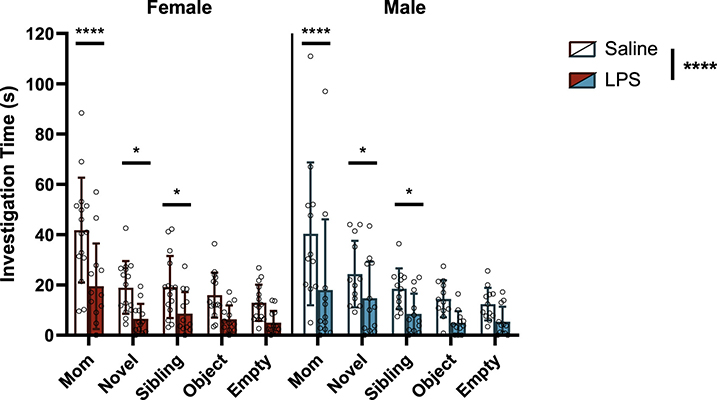
Fig. 3. LPS reduces investigation of social and non-social stimuli in juvenile mice.
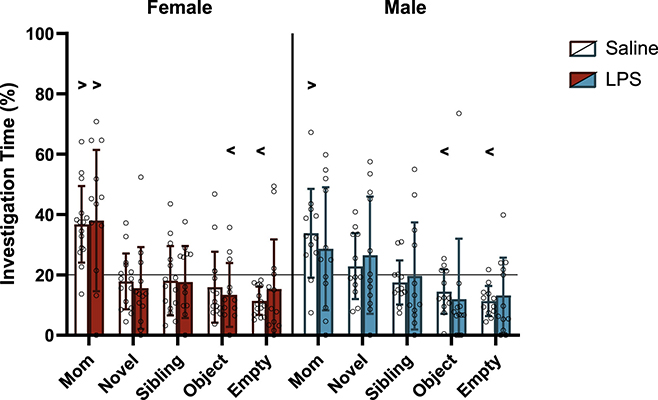
Fig. 4. Juvenile mice preferentially investigate their mother compared to chance.
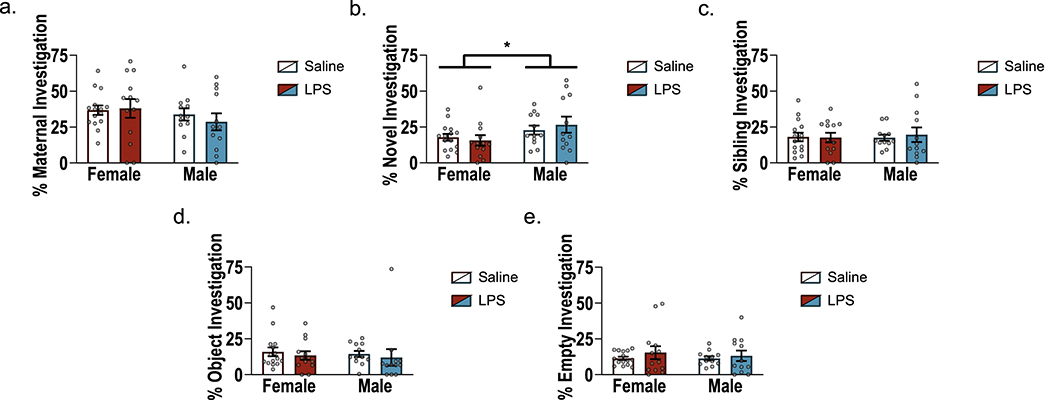
Fig. 5. Juvenile males demonstrate a greater preference for novel social stimuli compared to females
The Value of the Agora maze SocioBox method
The strength of the Agora maze SocioBox method lies in its ability to provide a comprehensive behavioral picture in a single test. Unlike traditional binary tests, this system allows researchers to:
- Simultaneously assess multiple social preferences
- Control for general familiarity by including littermate siblings
- Distinguish between true social preference and simple avoidance of novelty
- Obtain richer and more clinically relevant data
Future Perspectives for Agora maze SocioBox method
This study represents only the beginning of the Agora maze SocioBox method's potential in behavioral research. Future applications could include studies on neurodevelopmental disorders, effects of pharmacological interventions, and neurobiological mechanisms underlying social behaviors.
The ability of this tool to reveal the complexity and resilience of early social bonds opens new avenues for understanding typical and atypical social development, with potential implications for translational research on autism spectrum disorders and other conditions characterized by social alterations.
The Agora maze SocioBox method by Ugo Basile thus confirms itself as an indispensable tool for researchers who want to explore the subtle dynamics of social behavior in animal models, providing unprecedented insights into the fundamental mechanisms that govern social relationships during critical developmental periods.
Still not sure if Ugo Basile Agora Maze - SocioBox method is the best choiche for your experiment? Discover more https://ugobasile.com/products/categories/mazes-tracking/agora-maze-sociobox-method
Do you need Ugo Basile Agora Maze - SocioBox method or other tools for your behavioral experiments? Ask fo a quote sales@ugobasile.com


